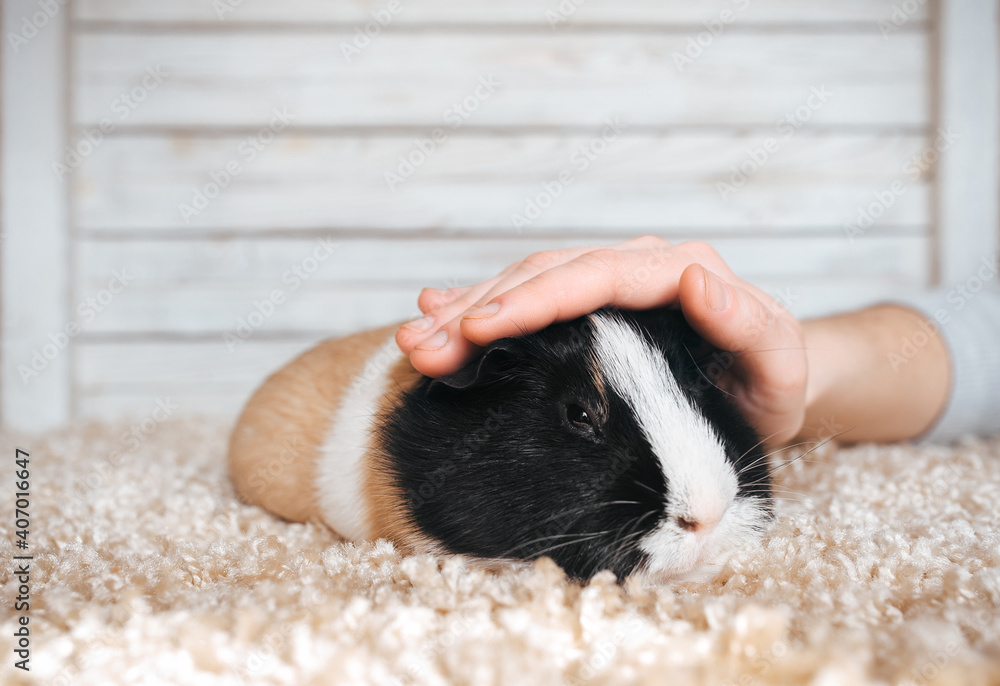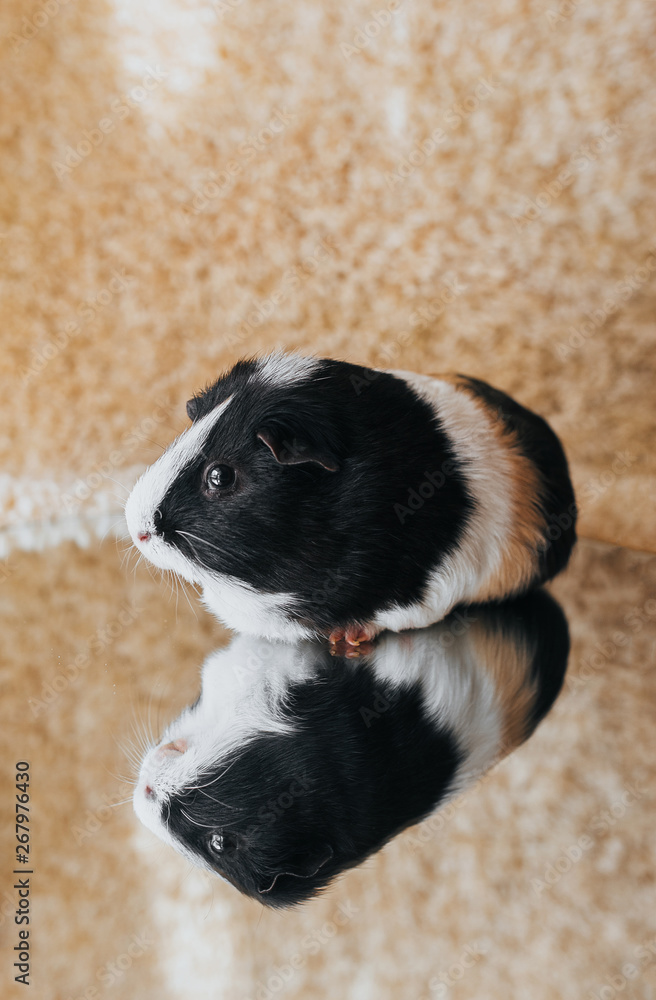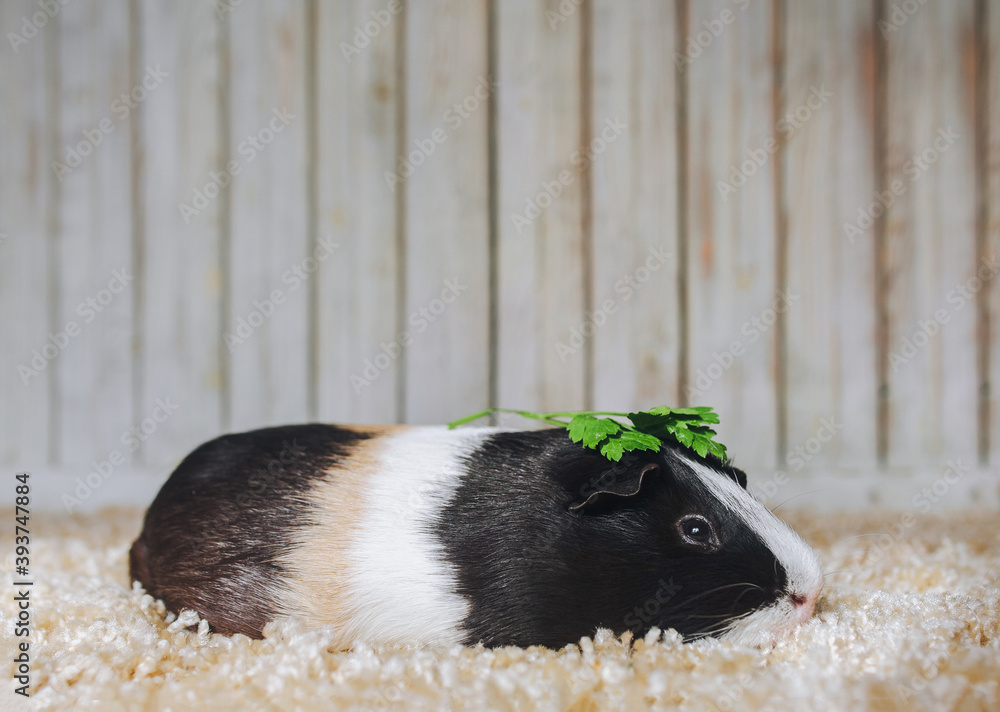Super cool and awesome vocab :D
0.0(0)
Card Sorting
1/95
There's no tags or description
Looks like no tags are added yet.
Study Analytics
Name | Mastery | Learn | Test | Matching | Spaced |
|---|
No study sessions yet.
96 Terms
1
New cards
Colloquialism
Informal language used in everyday conversation.
2
New cards
Syntax
Arrangement of words to create sentences.
3
New cards

Mood
Emotional atmosphere evoked by a text.
4
New cards
Tone
Author's attitude toward the subject matter.
5
New cards
Figurative Language
Language that uses literary devices, techniques, and figures of speech to heighten sensory response and add meaning, clarity, or impact to your writing
6
New cards
Periodic Sentence
Sentence that presents its main idea at the end.
7
New cards
Metaphor
Direct comparison between two unlike things.
8
New cards
Extended Metaphor
Metaphor developed over several lines or passages.
9
New cards
Analogy
Comparison between two different things for clarification and to show that they are alike.
10
New cards

Personification
Attributing human qualities to non-human entities.
11
New cards
Connotation
Implied meaning or emotional association of a word.
12
New cards
Denotation
Literal meaning of a word or phrase.
13
New cards
Oxymoron
Contradictory terms combined for effect.
14
New cards
Onomatopoeia
Word that imitates natural sounds.
15
New cards
Simple Sentence
Sentence consisting of a single independent clause.
16
New cards
Complex Sentence
Sentence with one independent and one dependent clause connected by a subordinate conjunction.
17
New cards

Compound Sentence
Sentence with two or more independent clauses connected by a semi colon or a coordinating conjunction.
18
New cards
Paradox
Statement that contradicts itself but reveals truth.
19
New cards
Concrete Language
Language that describes tangible, specific things.
20
New cards
Inversion
Reversal of normal word order in a sentence.
21
New cards
Diction
Choice of words and style of expression.
22
New cards
Figure of Speech
A word or phrase used in a non-literal sense for rhetorical or vivid effect.
23
New cards
Irony
The expression of one's meaning by using language that normally signifies the opposite, typically for humorous or emphatic effect.
24
New cards
Verbal Irony
Saying one thing but meaning another.
25
New cards
Abstract Language
Language describing ideas or concepts, not physical.
26
New cards
Cumulative Sentence
Sentence that begins with main idea, adds details.
27
New cards

Imagery
Descriptive language that appeals to the senses.
28
New cards
Hyperbole
Exaggerated statements not meant to be taken literally.
29
New cards
Understatement
Deliberate presentation of something as less important.
30
New cards
Alliteration
Repetition of initial consonant sounds in words.
31
New cards
Simile
Comparison using 'like' or 'as'.
32
New cards
Scansion
The rhythm of a poem; determining the rhythm of a poem
33
New cards
Allegory
story or poem in which characters, setting, and events stand for other people or events or for abstract ideas/qualities
34
New cards
Anastrophe/inversion
a literary device where the writer will rearrange the normal word order to create a new effect with the sentence, saying, or idea
35
New cards
Assonance
the repetition of similar vowel sounds followed by different consonant sounds, especially in words that are together
36
New cards
Consonance
the repetition of similar consonant sounds especially in words that are together
37
New cards
Didactic
form of fiction or nonfiction that teaches a specific lesson or moral or provides a model of correct behavior or thinking
38
New cards
Dynamic character
a character who changes in some important way as a result of the story's action
39
New cards
Epanalepsis
device of repetition in which the same expression (single word or phrase) is repeated both at the beginning and at the end of
40
New cards

Epithet
an adjective or adjective phrase applied to a person or thing that is frequently used to emphasize a characteristic quality
41
New cards
Existentialism
the style of literature focuses on the experience of an individual person and the way that he or she understands the world.
42
New cards
Expressionism
the style of art, literature, and music that uses symbols and exaggeration to represent subjective emotions, rather than representing physical reality.
43
New cards

Flat character
a character that has only one or two personality traits. They are one-dimensional, like a piece of cardboard. They can be summed up in one phrase.
44
New cards
Foil
a character who acts as contrast to another character
45
New cards
Gothic Lit
a style of writing that is characterized by elements of fear, horror, death, and gloom, as well as romantic elements, such as nature, individuality, and very high emotion (usually has a house in it)
46
New cards
Hypotaxis/Hypotactic sentence
a sentence marked by the use of connection words between clauses or sentences, explicitly showing the logical or other relationships between them
47
New cards
Impressionism
a nineteenth-century movement in literature and art that advocated a recording of the artist's personal impressions of the world, rather than a strict representation of reality
48
New cards
Jargon
special words or expressions that are used by a particular profession or group and are difficult for others to understand
49
New cards
Lyric poem
a poem that does not tell a story but expresses the personal feelings or thoughts of the speaker
50
New cards

Meter
the pattern of accented and unaccented syllables in a line of poetry
51
New cards
Metonymy
a figure of speech in which a person, place, or thing, is referred to by something closely associated with it
52
New cards
Modernism
a term for the bold new experimental styles and forms that swept the arts during the first this of the twentieth century
53
New cards
Motif
a recurring image, word, phrase, action, idea, object, or situation used throughout a work, unifying the works by tying the current situation to previous ones, or new ideas to the theme
54
New cards
Ode
a short lyric poem that praises an individual, an idea, or an event
55
New cards

Omniscient POV
god-like or all-knowing because the narrator has access to all aspects of the story, including each character's knowledge, thoughts, feelings, actions, and backstory
56
New cards
Parable
a relatively short story that teaches a moral, or lesson about how to lead a good life
57
New cards
Rhythm
a rise and fall of the voice produced by the alternation of stressed and unstressed syllables in language
58
New cards
Round character
has more dimensions to their personalities - they are complex, just as real people are
59
New cards
Static character
one who does not change much in the course of a story
60
New cards
Surrealism
a movement in art and literature that started in Europe during the 1920s. They wanted to replace conventional realism with the full expression of the unconscious mind, which they considered more real than the "real" world of appearances.
61
New cards
Synecdoche
a figure of speech in which a part represents the whole.
62
New cards

Tragic hero
a character in a dramatic tragedy who has virtuous and sympathetic traits but ultimately meets with suffering or defeat
63
New cards
Vernacular
the language spoken by the people who live in a particular locality
64
New cards
Volta
a rhetorical shift that marks the change of a thought or argument in a poem
65
New cards
Antimetabole
repetition of words in successive clauses in reverse grammatical order
66
New cards
Antagonist
opponent who struggles against or blocks the hero, or protagonist, in a story
67
New cards
Antihero
a central character who lacks all the qualities traditionally associated with heroes. May lack courage, grace, intelligence, or moral scruples
68
New cards
Aside
a remark or passage in a play that is intended to be heard by the audience but unheard by the other characters in the play.
69
New cards
Ballad
a type of narrative poem or song that tells a story, often focusing on dramatic events or emotional themes and is in short stanzas
70
New cards
Chiasmus
in poetry, a type of rhetorical balance in which the second part is syntactically balanced against the first, but with the parts reversed (in prose this is called antimetabole)
71
New cards
Conceit
an elaborate metaphor that compares two things that are startlingly different. Often an extended metaphor
72
New cards

Couplet
two consecutive rhyming lines of poetry
73
New cards
Dialect
a way of speaking that is characteristic of a certain social group or of the inhabitants of a certain geographical area
74
New cards
Enjambment
a literary device in which a line of poetry continues without a pause or break into the next line
75
New cards
Epic
a long narrative poem, written in heightened language, which recounts the deeds of a heroic character who embodies the values of particular society
76
New cards
Epistrophe
devices of repetition in which the same expression is repeated at the end of two or more lines, clauses, or sentences (opposite of anaphora)
77
New cards
Explication
act of interpreting or discovering the meaning of a text, usually involves close reading and special attention to figurative language
78
New cards

Farce
a type of comedy in which ridiculous and often stereotyped characters are involved in silly, far-fetched situations
79
New cards
Free verse
poetry that does not conform to a regular meter or rhyme scheme
80
New cards
iambic pentameter
a line of verse with five metrical feet, each consisting of one unstressed syllable followed by one stressed syllable
81
New cards
Juxtaposition
poetic and rhetorical device in which normally unassociated ideas, words, or phrases, are placed next to one another, creating an effect of surprise and wit
82
New cards
Litotes
a form of understatement in which the positive form is emphasized through the negation of a negative form
83
New cards

Motivation
the reasons for a character's behavior
84
New cards
first person point of view
one of the characters tells the story
85
New cards
objective point of view
a narrator who is totally impersonal and objective tells the story, with no comment on any characters or events
86
New cards
Parody
a work that makes fun of another work by imitating some aspect of the writer's style
87
New cards
Pun
a "play on words" based on the multiple meanings of a single word or on words that sound alike but mean different things
88
New cards
Quatrain
a poem consisting of four lines, or four lines of a poem that can be considered a unit
89
New cards
Soliloquy
a long speech made by a character in a play while no other characters are on stage
90
New cards

Style
the distinctive way in which a writer uses language; a writer's distinctive use of diction, tone, and syntax
91
New cards
Symbol
a person, place, thing, or event that has meaning in itself and that also stands for something more than itself
92
New cards
Theme
the insight about human life that is revealed in a literary work
93
New cards
Tragedy
in general, a story in which a heroic character either dies or comes to some other unhappy end
94
New cards
Romanticism
a revolt against Rationalism that affected literature and the other arts, beginning in the late eighteenth century and remaining strong throughout most of the nineteenth century. It emphasized the celebration of the individual and the glorification of nature
95
New cards
Transcendentalism
a nineteenth century movement in the Romantic tradition, which held that every individual can reach ultimate truths through spiritual intuition, which transcends reasons and sensory experience
96
New cards
Naturalism
a nineteenth century literary movement that was an extension of realism and that claimed to portray life exactly as it was